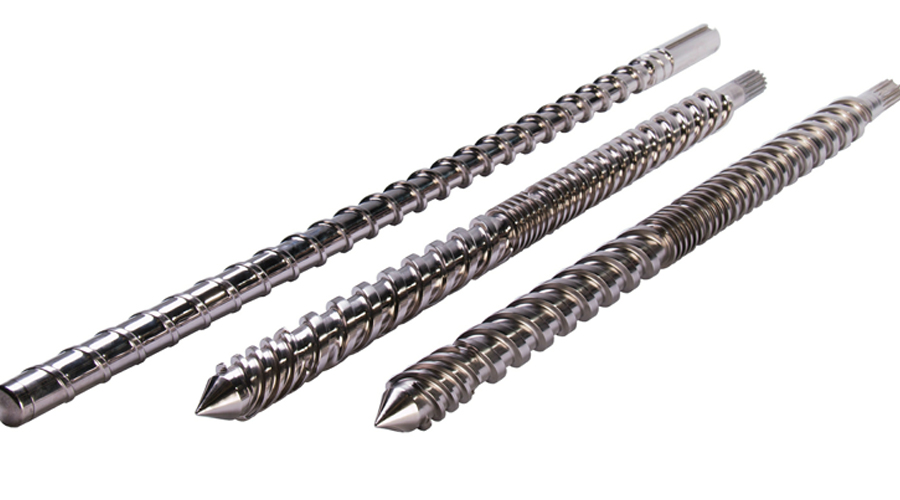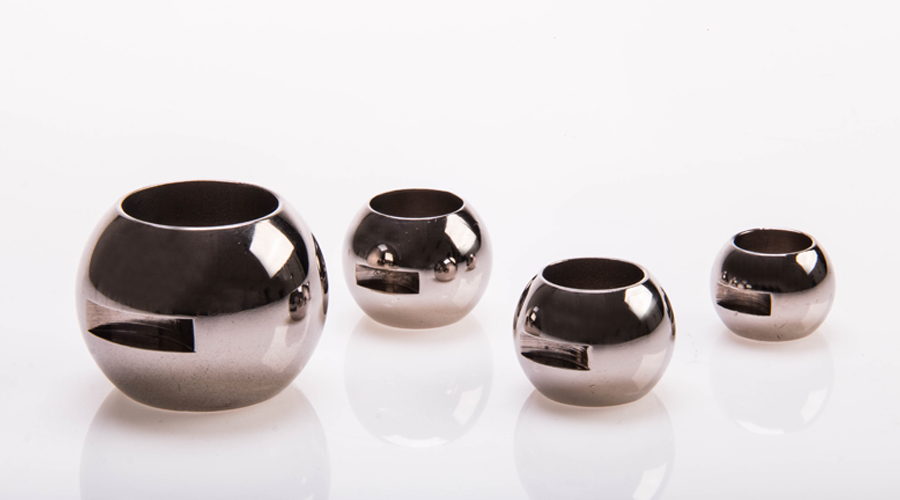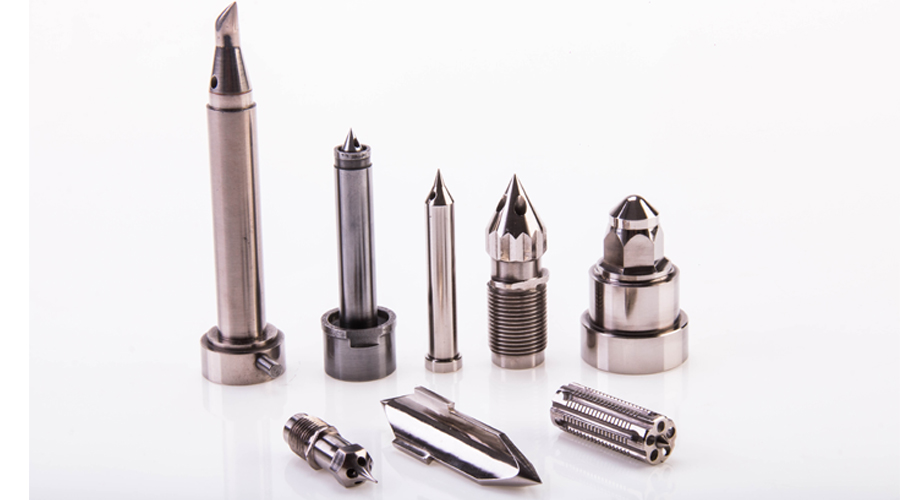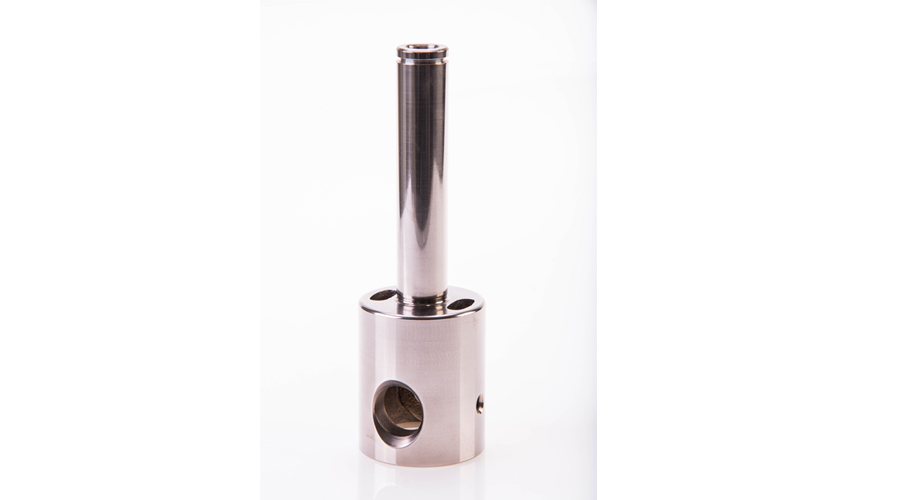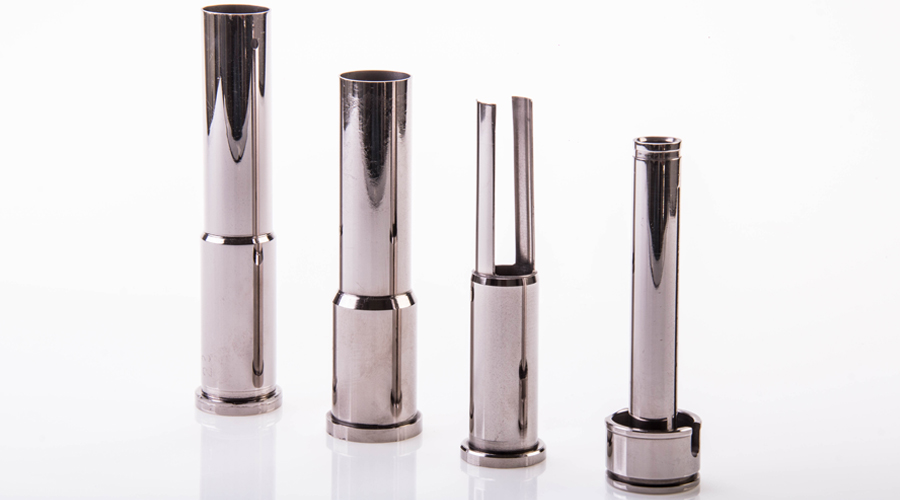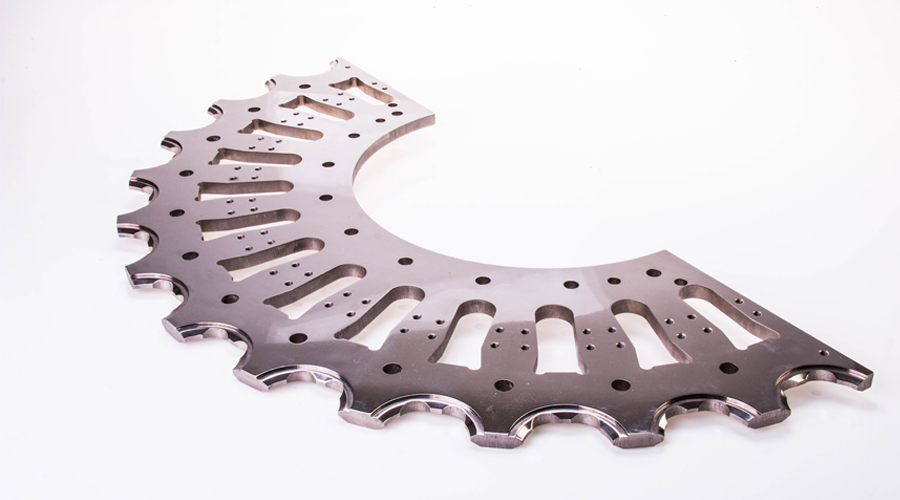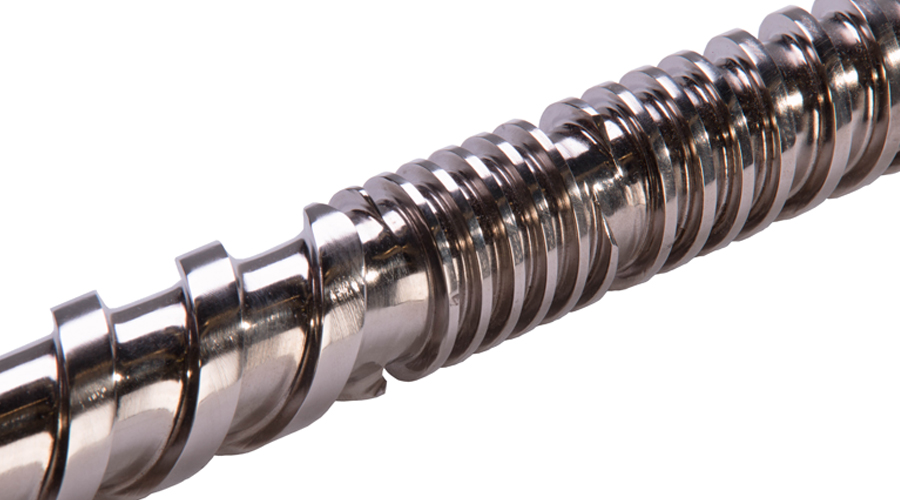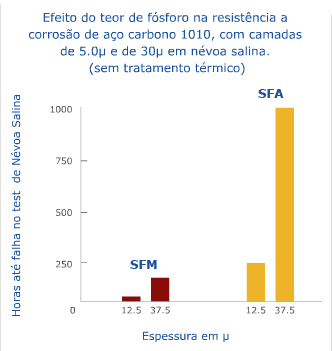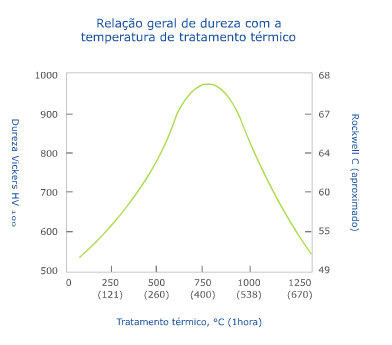
Electroless Nickel Plating
More resistance to abrasion and corrosion
Electroless Nickel Plating is a special coating that does not require electric current, power supply or anodes for its application. The alloy deposition occurs by means of the chemical or autocatalytic reaction between the dissolved agents (Nickel Sulphate + Sodium Hypophosphite) in aqueous solution; when the part is immersed in this solution after appropriate pre-treatment, all of its surfaces are coated with totally uniform nickel-phosphorous alloy layers, independent of its geometric format.
 Carregando...
Carregando...

